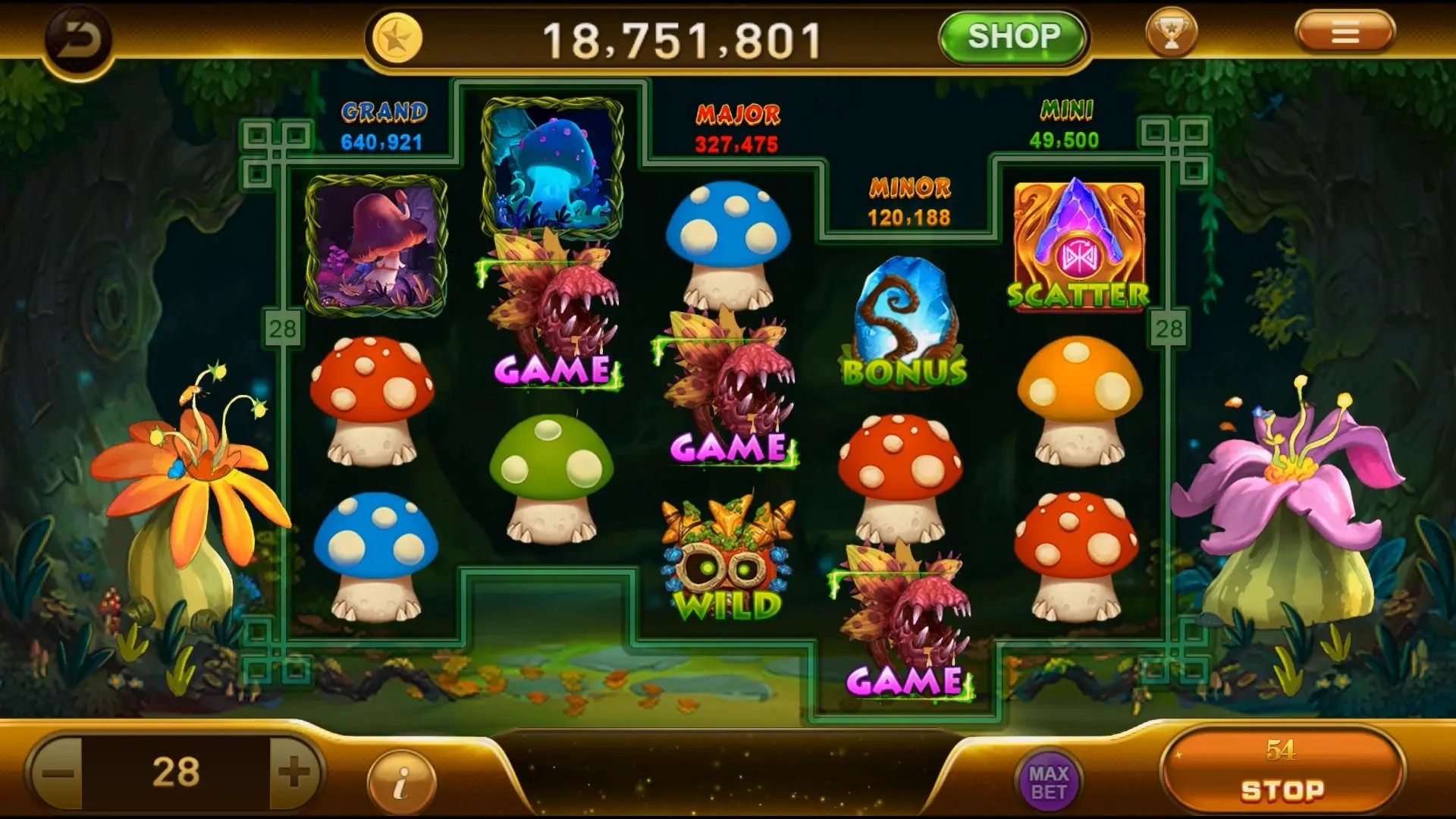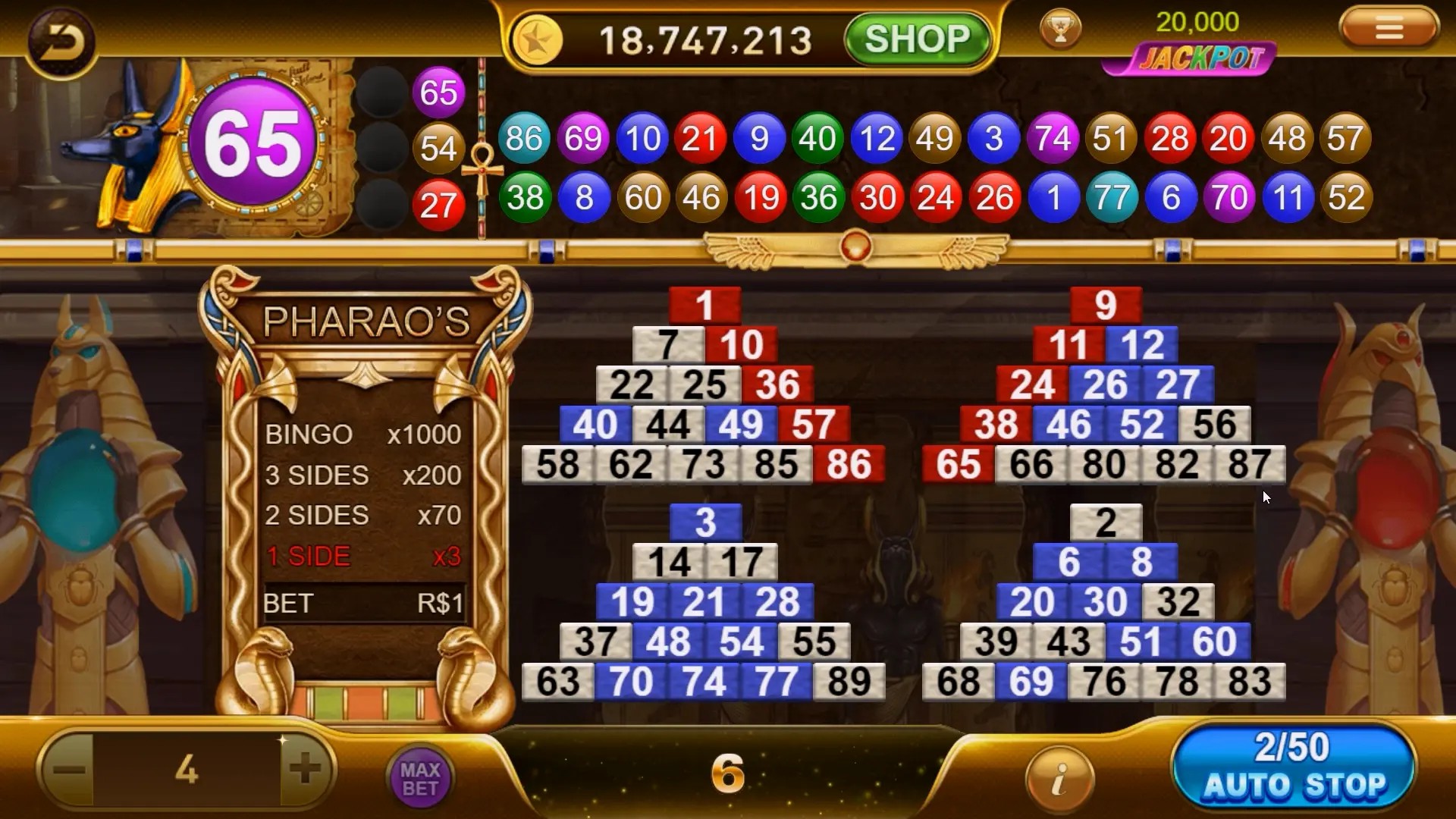Unlocking the Thrills: How Adventure Games Evolve Through Life Simulation Games
Adventure games have seen a massive evolution over the years, and while many attribute this to the rise of technology and storytelling, there is another genre quietly influencing it—life simulation games. In this article, we'll dive into how these two genres interconnect, with a special focus on popular titles such as Minecraft: Story Mode and daring dating RPG games. As we explore this, you'll discover the intricate dance between adventure and life simulation games that creates an enthralling gaming experience.
The Odyssey of Adventure Games
Adventure games have a rich history, starting from text-based games in the late 70s to the visually stunning experiences we see today. These games focus on narrative-driven mechanics, where players often find themselves solving puzzles and uncovering stories. Key players in this industry have shaped the landscape, adapting to changes in user preferences, technology, and storytelling.
What are Life Simulation Games?
Life simulation games allow players to create and control aspects of a virtual life. This genre has grown immensely popular, featuring games that simulate everything from daily chores to complex social interactions. Sims, Animal Crossing, and others have thrived by drawing players into their personalized worlds where choices affect outcomes.
Bridging the Gap: Adventure Meets Life Simulation
While adventure games thrive on narrative and exploration, life simulation games focus on the characters' day-to-day experiences. The intertwining of these two genres creates an engaging gameplay loop, where players can experience the thrill of adventure while managing life’s realities. Minecraft: Story Mode exemplifies this collaboration, highlighting how story can emerge even amidst simulation-like mechanics.
Why Minecraft Tells a Different Story
Minecraft’s Story Mode departs from its sandbox roots to offer a linear narrative, captivating players with its unique blend of choice and consequence. Unlike traditional sandbox gameplay, this mode introduces character interactions and plot progression, showcasing how life simulation elements can enhance adventure storytelling.
The Role of Player Agency in Adventure Games
When we talk about player agency, it’s fascinating to see how life simulation games give players autonomy that can enhance adventure games. Players want to feel their choices matter, and life simulations’ focus on consequence translates well into this genre. Adventure games like “The Walking Dead" rely heavily on player actions, similar to life simulations where every choice impacts the outcome.
Popular Titles Merging Adventure and Life Simulation
- The Sims Series
- Animal Crossing
- Stardew Valley
- Life is Strange
- Dream Daddy: A Dad Dating Simulator
The Appeal of Dating RPG Games
Dating RPG games have captivated audiences with their blend of storytelling and character interactions. These games offer players the chance to navigate relationships while reflecting life simulation elements. As players embark on romantic quests, the narrative parallels adventure gaming, where decision-making becomes crucial to progress.
Note on User Experience: Emotions and Immersion
Immersive user experiences often lie at the heart of why players gravitate toward both adventure and life simulation games. Evoking emotions through storytelling enhances the connection players have with the characters. Understanding what drives this emotional investment is essential for developers aiming to create successful game experiences.
Shifts in Game Development Strategies
The blending of genres has led to shifts in game development. Developers are increasingly considering how adventure elements can deepen life simulation narrative and vice versa. By including quests and character arcs, developers can blend serious action with light-hearted life experiences, appealing to a wider audience.
The Future of Adventure and Life Simulation Games
As technology continues to evolve, the future looks bright for the integration of adventure and life simulation genres. We may see further depth in character development, enhanced mechanics, and even broader narratives. The symbiosis of these genres keeps players engaged and wanting more.
Key Takeaways
| Aspect | Adventure Games | Life Simulation Games |
|---|---|---|
| Focus | Narrative-driven exploration | Daily life management |
| Player Agency | Choices impact outcome | Control over character actions |
| Gameplay Style | Puzzle-solving, exploration | Customization, relationship-building |
Conclusion
In conclusion, the evolution of adventure games through the lens of life simulation games has created a unique landscape for gamers. Titles like Minecraft: Story Mode have displayed the potential of blending these genres, providing players with dynamic experiences that feel both engaging and relevant. As we look toward the future, the gaming industry must continue to innovate, harnessing the strengths of both adventure and life simulation games to bring thrilling new experiences to players worldwide.



